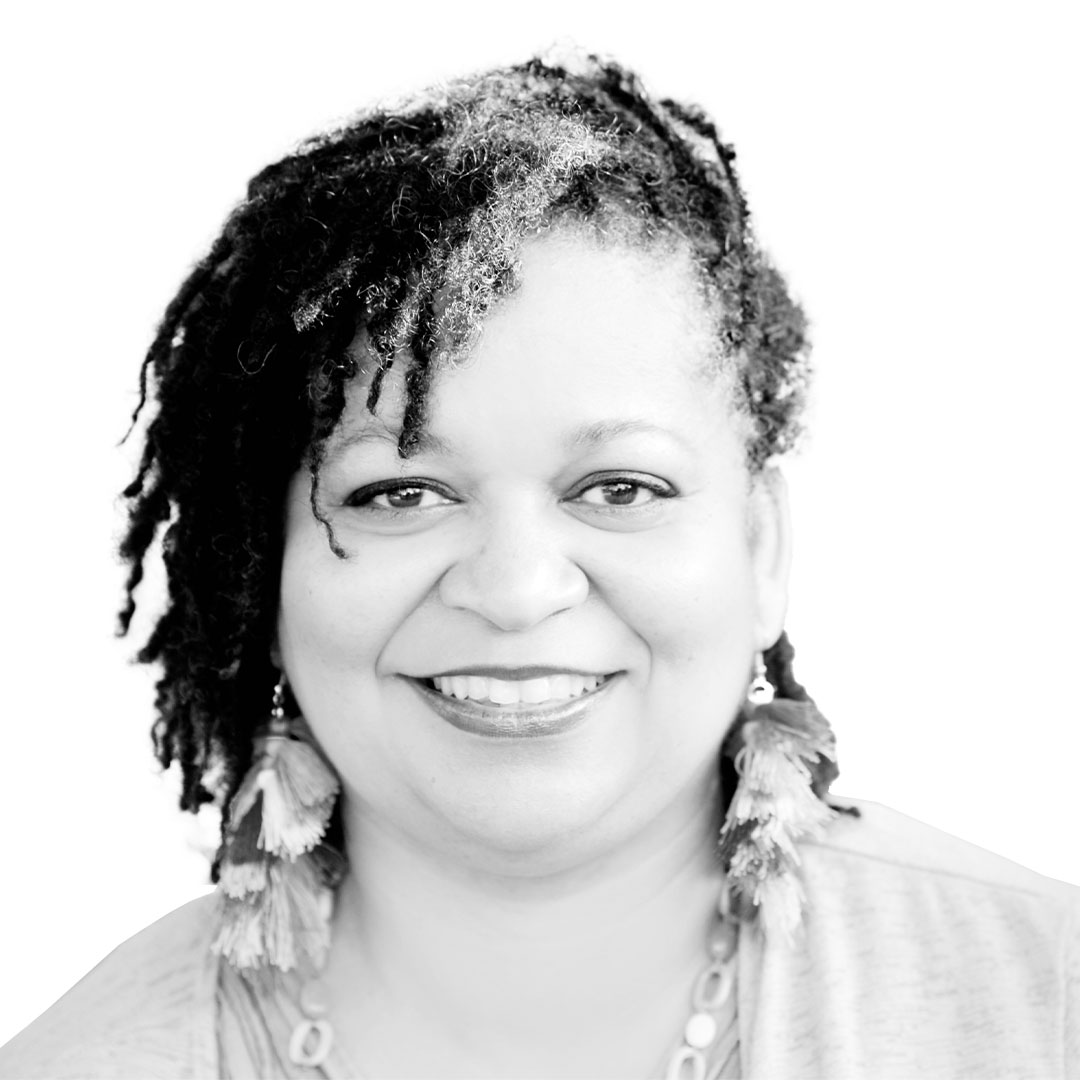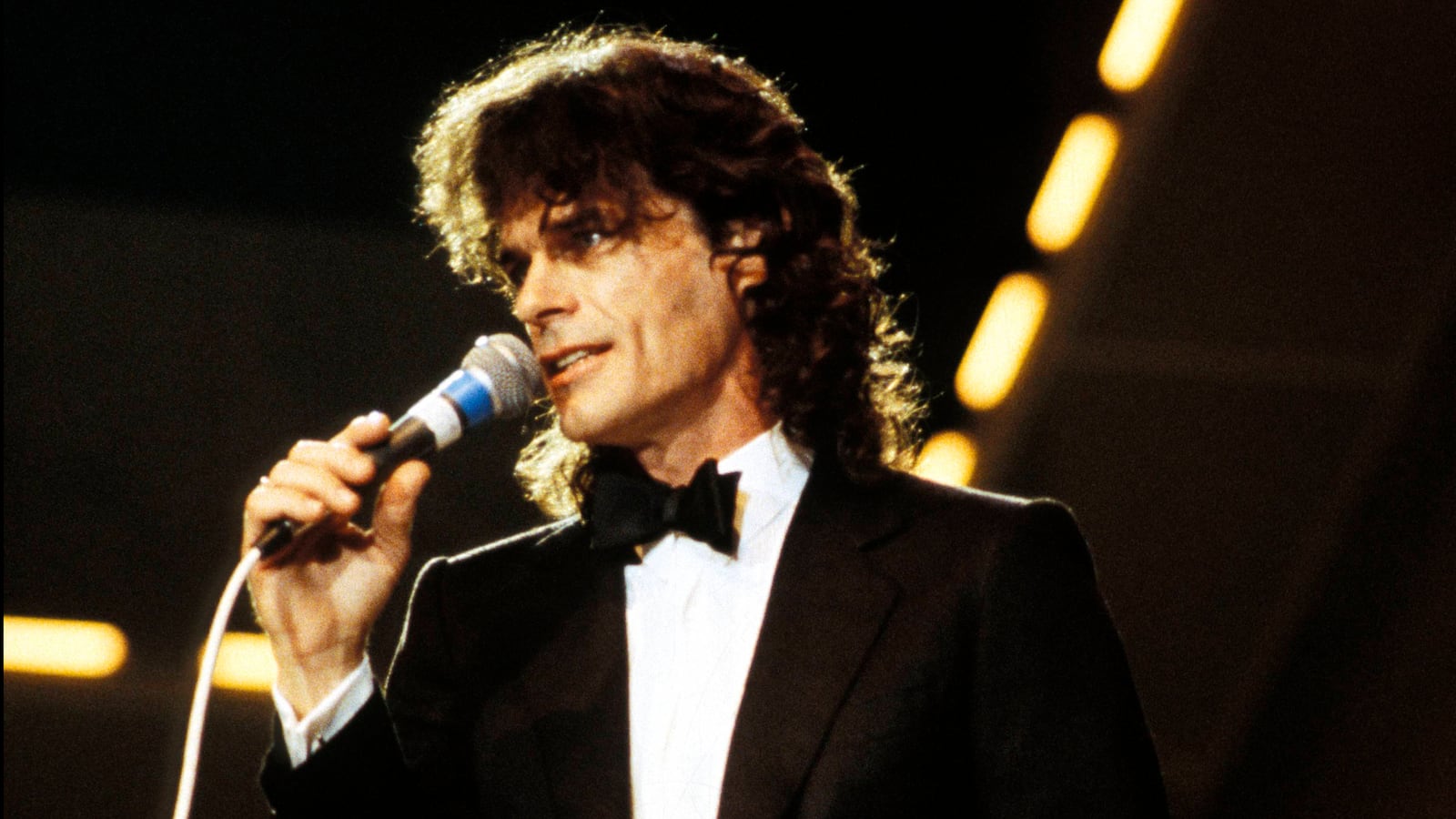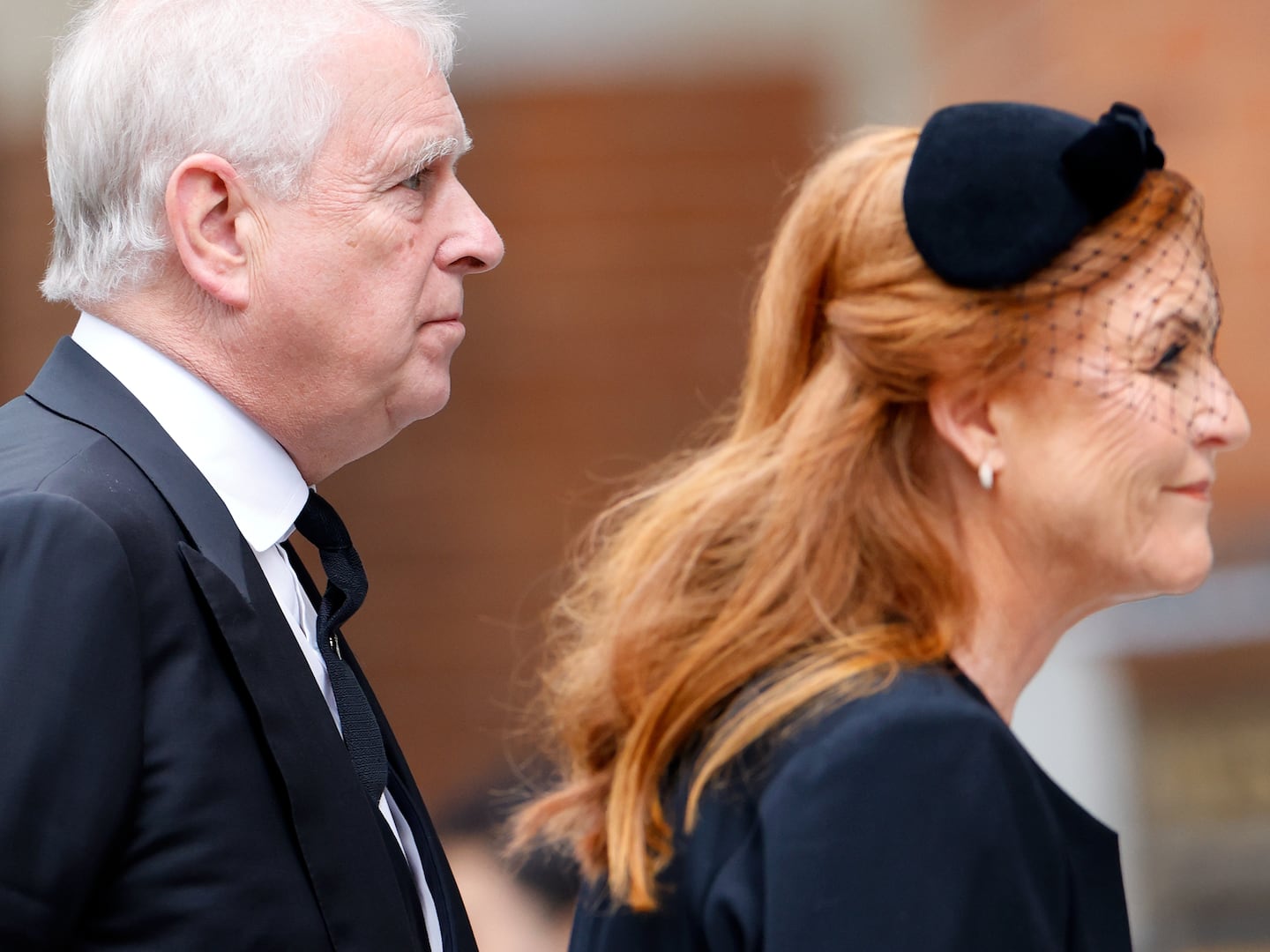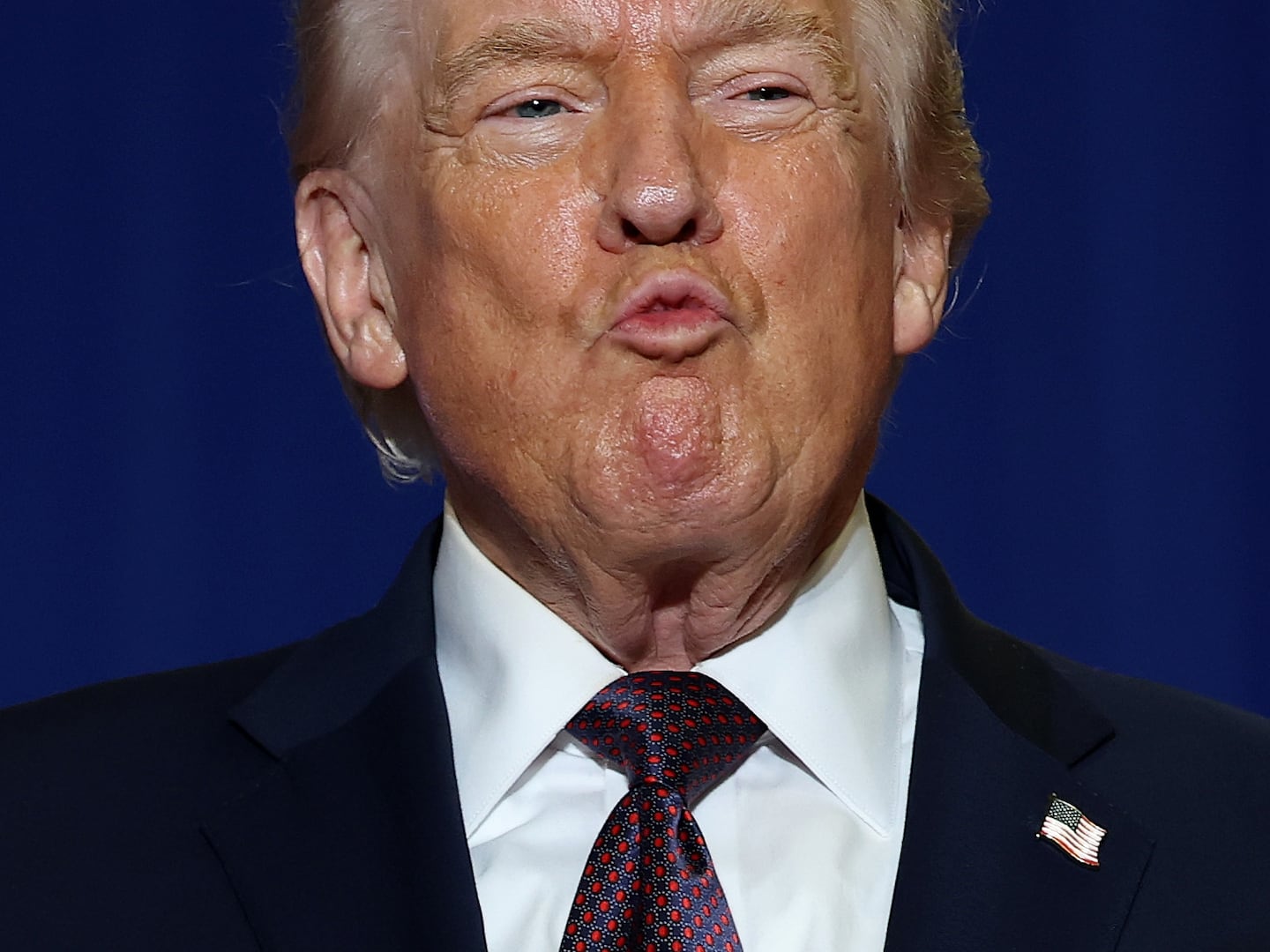“That sounds more like blues than country to me,” my 12-year-old said. We were in the car on our way to attend a B.J. Thomas concert and, over the last few days, I’d been giving him a crash course in Thomas’ music catalog.
I didn’t hear what he heard in the singer’s voice, but my son has an incredible ear for music so I didn’t doubt him.
“That’s interesting,” I said, “Maybe we can ask him about it.”
Less than a year before, I’d sent my saliva in a tube to Ancestry.com and learned a great deal more about my heritage. Once my results were processed, I learned about ethnic percentages, and for the first time in my life I actually saw pictures of white relatives that I’d never known but knew had to exist. My maternal grandfather, Robert McHenry, born in 1900, had told me that it had been rumored that his real father was the white man his family sharecropped for, a man whose name I could no longer remember.
Seeing pictures of white relatives was a bit surreal, and while I was curious, I had no intention of reaching out to them. It was 2017, a year post-Trump, and I had no idea how these people might feel about having Black relatives. But one of them reached out to me. Her name was Camay, and she lived only 20 minutes away, in Georgetown, Texas. Camay was in her early sixties and had been a long-time genealogy enthusiast. She wanted to share what she knew with me and determine how we were related.
Camay invited me to her home and pulled out stacks and stacks of documents and genealogy trees. She asked me about surnames that I knew. I told her, and there were no matches. Stumped, she said, “Well, the only family I know of that came through Louisiana, where your family is from, are the Talbots.”
The name rang a bell. It was the name my grandfather had told me about. I thanked Camay for the information and her hospitality, and I returned to my home in Austin. A few weeks later, I met another woman on Ancestry. “You are related to my husband,” she said. Her Ancestry moniker was rainsong. Her husband’s initials were BT. “His name is B.J. Thomas. You might have to Google him.”
My jaw dropped. I had known B.J.’s music all my life, from the iconic “Raindrops Keep Falling on My Head,” to “Hey Won’t You Play (Another Somebody Done Somebody Wrong Song)” to the one that his wife, Gloria, had written, “New Looks from an Old Lover.” It was exciting to realize I was related to a celebrity, but my first big question to Gloria was, “Was B.J.’s mother a Talbot?” “Yes, she said. “Her maiden name was Talbot.” The rumor had been confirmed.
Gloria and I began a correspondence, and she and B.J. invited Alexander and me to attend his next yearly concert at One World Theater in February 2018. Gloria and their daughter Erin hugged us and introduced us to two of B.J.’s long-time friends—Connie Nelson, former wife of Willie, and Edith Royal, widow of the legendary Darryl K. Royal—before taking us to our seats. We were told we’d meet B.J. after the show. Then a few minutes later, we were escorted backstage, “B.J.’s really eager to meet you and doesn’t want to wait,” his son-in-law said.
When we met him, he was positively overjoyed. His excitement at meeting us was so pronounced that my son exclaimed, “You seem as excited to meet us as we are to meet you, but you’re the famous one!” B.J. grinned and said, “My man, your mom is working on her Ph.D.! Do you know how big a deal that is? We are lucky she will have us in the family.” His humility, kindness, and enthusiasm were sincere and infectious. He then pulled me aside and said, “The story of how we came to be related may not be a pretty one, but I’m so glad we are. I’m so glad you are here, and I’m so glad to meet you.”
Alexander and I found our seats and the concert began. B.J. opened his show with a story about how rhythm and blues had been some of his earliest musical influences, and my son nudged me, “I told you I could hear the blues!” He talked about the influence of Little Richard and Bobby “Blue” Bland, and how excited he was to go on tour with the incomparable Jackie Wilson. “You’ve never seen such a pretty man in your life,” he gushed, before launching into “Your Love Is Lifting Me Higher.”
Recognizing B.J.’s genuine love for R&B and soul music, my son commented, “I think the reason he’s so excited about us is that he finally has actual Black people in his family.” We laughed.
A few months before, after the Charlottesville riot, I’d written an opinion piece about white supremacy. I’d stated that I could trace my ancestry in this country to 1775. That ancestor, Hezekiah Talbot, is one I share with Thomas and with Camay. In the article, which decried the reverence for Confederate statues and argued for their removal, I’d stated that I was a living monument to this country’s history. Our heritage is a living one, and an example of how we are all so very connected, even through blood.
B.J. Thomas intuitively and musically understood this deep interconnection, and he found joy in celebrating it. His music, which spans origins in R&B and country, and extended into gospel and pop, is also a monument to our deep, inextricably intertwined American heritage.
But music was also a personal salve to the singer, whose first hit was a cover of Hank Williams’ “I’m So Lonesome I Could Cry.” Backstage again after the show, B.J. took time to sit with Alexander and talk with him one on one. “Do you play an instrument?” he asked. “Do you like guitar?” He went on, “Playing an instrument is one of the best joys in life,” he said. “If you play an instrument, you never ever have to be lonely, because music keeps you company.”
B.J. Thomas died Saturday, May 29, 2021 in Arlington, Texas.






